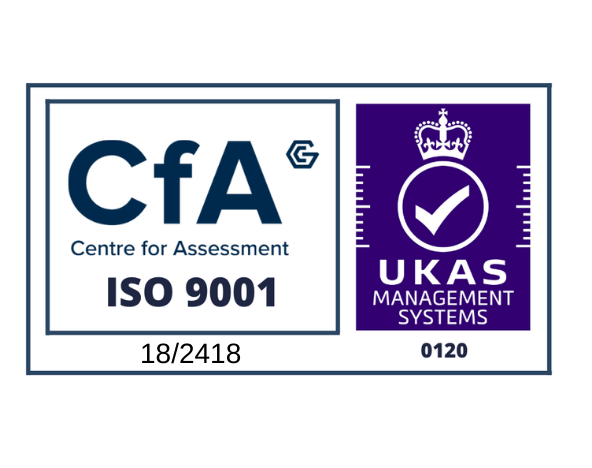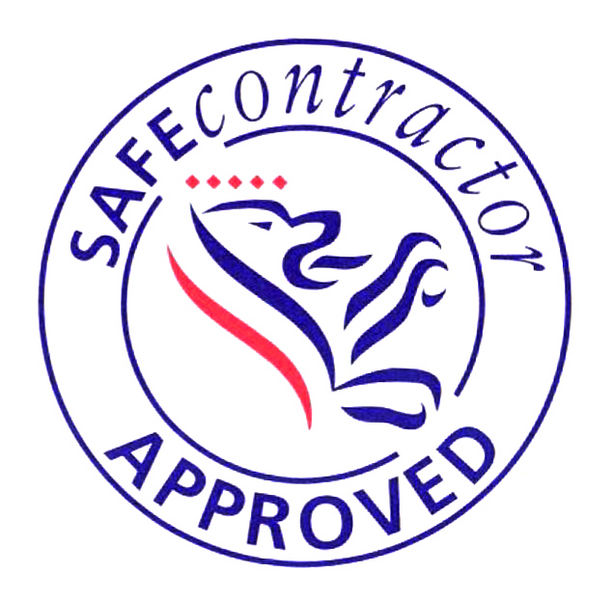Essential Guide to Planning Permission
Whatever type of work you are considering carrying out on your property, from installing stainless steel balcony railings to a loft conversion, it’s vital that you understand whether or not you require planning permission beforehand. If you start work before you have the necessary approval, you could be breaking the law. This could result in the development being stopped and you might be forced to put the property back to its original state. Here we have put together an essential guide to planning permission and how to start the process.
What Does Planning Permission Cover?
There can be confusion between this and building regulations, but they are completely separate elements of a project. Planning permission looks at the design of the building and how it will fit into the existing environment. A renovation or development project doesn’t always require planning permission. It’s usually applicable if you intend to change the external elements of the property or carry out any major work inside. If you’re unsure if your project requires it, the best starting point is your local planning department.
Depending on the type of property, there are different forms of planning permission:
- Outline planning permission means that you have permission to build a property on a specific site, but you will need full approval before you start work.
- Full planning permission is the approval of a specific design, which may have conditions attached.
- Listed buildings consent is required if the building you want to carry out work on is listed.
- Conservation area consent will be necessary if the property falls within a conservation area.
Applying for Planning Permission
When you are initially considering a project, you should speak to the planning department at your local council. They will be able to assist you with whether or not you require planning permission and talk you through the process. If you intend to use an architect to design the renovations, then they will understand the requirements and can put the application in for you.
In general, your application should be decided upon within eight weeks. However, for complicated projects this process could take as long as a year. It’s vital that you don’t start work on any element of the building, from digging the foundations to installing stainless steel balcony railings, until you have checked the requirements and received the necessary approvals.
In some cases the application may be refused. This doesn’t necessarily mean the end of the process. The planning department may simply require you to make some changes to the building’s design and then you can submit the plans again. If it is a complete refusal of the plans, then there is an appeals process. However, you should seriously consider the costs involved and the likelihood of your appeal being successful. The overall cost of planning permission will vary depending on the type of property you intend to build.
The planning process can be extremely complicated, but it’s important to understand the exact requirements before you start work. Otherwise you could end up wasting a substantial amount of time and money.







